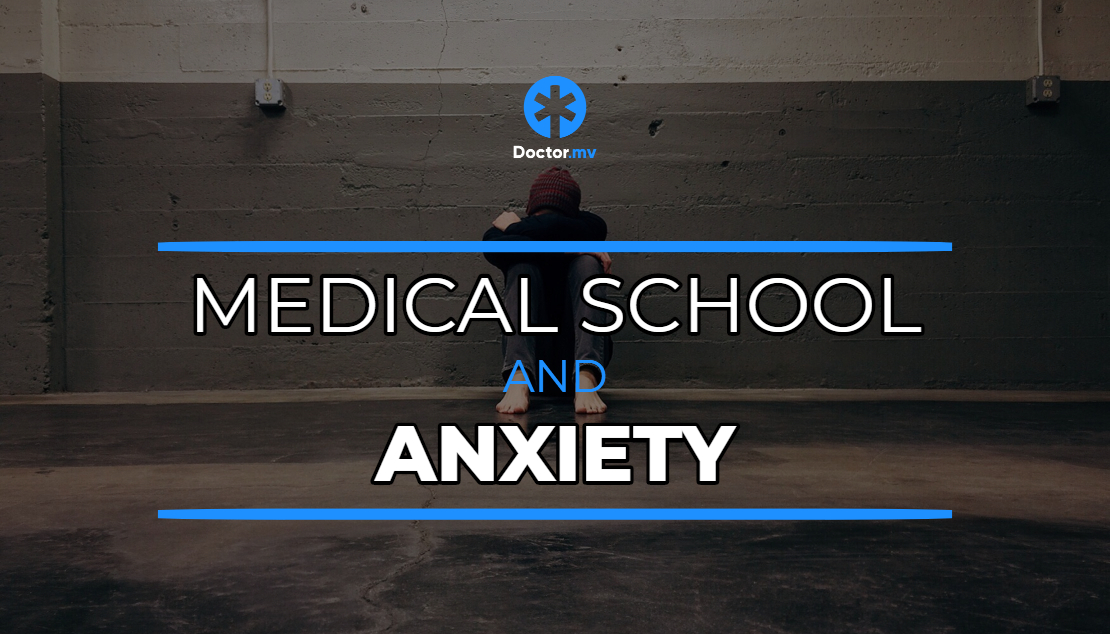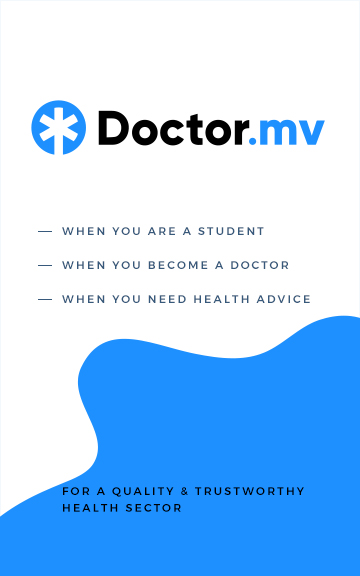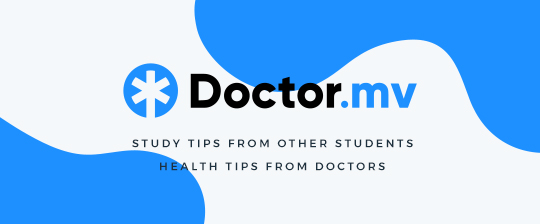
Anxiety is a relatively modern condition, strongly correlated with industrialization and urbanism. What makes anxiety common among Medical students is the quantity of expectations regarding knowledge and responsibility, the consequences of a failure and the social isolation that might be the outcome of a successful academic life.
Medical students are known to be part of an anxiety-vulnerable population. This fact is supported by plenty of studies. As a result, experts demand a proper counseling service for every Medical academic facility.
Anxiety can be Normal or Pathological. It depends on the consequences upon a person's cognitive thinking, behavior, motivational level and performance.
If anxiety is in the spectrum of normality, it could end up being beneficial for the subject. For example, providing the subject with high motivational energy to act. This is seen when some students do their best work under pressure.
If anxiety is pathological, however, it might be a burden for the subject to function under healthy and productive conditions. Pathological anxiety is an array of disorders that lead the subject to seek for medical or psychological help. This is because of its high interference with the subject's normal functioning, ability to make plans or execution of responsibilities.
Anxiety may present itself in the form of panic disorder, generalized anxiety disorder, or phobic disorder.
Panic Disorder
Panic disorder is the result of experiencing recurrent panic attacks. The subject suffering from it is strongly preoccupied with the fear of dying. A panic attack is an abrupt onset of vegetative symptoms together with hyperventilation syndrome. It may even mimic a myocardial infarction. Its duration is short but with a high intensity, leading to the development of fear of a new panic attack. Panic attacks however, if sporadic, can be part of the symptoms of other anxiety disorders.
Generalized Anxiety Disorder
Generalized anxiety disorder is characterized by fear without an object, anticipatory anxiety and muscle tension. Muscle tension is capable of producing headaches, back pain or other non-specific Algic syndromes. This disorder also causes the falling-asleep insomnia, which alters the subject's quality of life with fatigue being profound during the day.
Phobic Disorder
Phobic disorders are characterized by fear with an object. This object might be an animal, a place or a situation. The result of the subject facing his/her stressor is a strong panic attack accompanied by a securing behavior. Characteristic for this spectrum of disorders is the avoidance behavior. The subject avoids the stressor because of the presence of pathological fear. However, the subject is aware of the fear's irrational character in proportion to the stressor.
All the disorders mentioned above are strongly influenced by the environment. Yet, the stressors are usually non-identifiable for the first two disorders. On a psychoanalytical point of view, these disorders have their roots deep down in the unconscious which interacts with the pre-conscious and the conscious. Also, vulnerability theories suggest that there are specific premorbid personality traits that play a role in the development of anxiety. Genetics and neuroscience have their own theories, the results being however inconclusive.
Fear
Anxiety and fear are two emotions that are strongly connected to each other. Fear, however is a primary emotion which generates anxiety. Anxiety is generated as a secondary emotion with the role of fighting or eliminating fear.
This is why these two emotions should not be mixed up, representing two different entities of emotion. Their common characteristic is that they are both unpleasant. Perceiving an emotion as unpleasant though, does not mean that the emotion is bad.
An unpleasant emotion might be beneficial. If anxiety before an exam is normal, the students will be motivated to do their best and finally success will emerge.
However, if anxiety is in the pathological spectrum, students will be unable meet their studying deadlines. Even if they do, the quality of their work will be significantly diminished.
Conclusion
The most important aspects of anxiety are its nature, intensity and duration. Signs of normal anxiety would not deliberate the subject, whilst signs of pathological anxiety would present with decreased academic performance and subjective somatic symptoms. This might interfere with the subject's quality of life.
If anxiety is pathological, psychological and/or medical support should be looked for immediately. Anxiety is most of all an emotion which under special triggers might exceed the limit of being healthy. It is however a reversible condition with a quite high prevalence, a fact that should exclude it from being a taboo.
Have you faced any anxiety issues?



Leave a comment
0 Comments